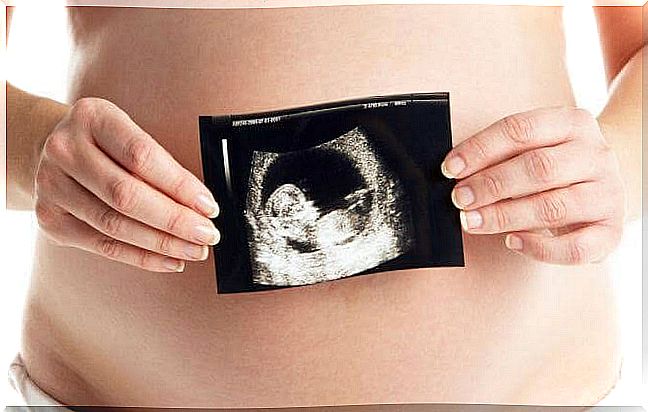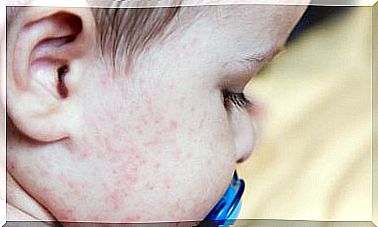The “Vanishing Twin Syndrome”: The Disappearing Twin

There are certain disorders associated with twin pregnancies, such as the disappearing twin syndrome: Vanishing Twin Syndrome.
This disorder was first discovered in 1945. In many cases of double or multiple pregnancies, some of the fetuses go away without us noticing.
We have often heard of cases where two or more babies have been identified early in pregnancy. But after a while, one of the identified fetuses is gone.
The fetal tissue fades with no apparent consequence and the twin “escapes”. According to experts, it looks like the fetus has disappeared, but in reality it was lost to a miscarriage.
How is Vanishing Twin Syndrome diagnosed?

Before ultrasound follow-up exams were normal, it was difficult to identify the “missing twin”.
Nowadays, however, ultrasound exams are done from the very beginning of pregnancy.
This means that twin or multiple fetuses are identified as early as the first trimester.
Therefore, these ultrasounds will show if there is a change. For example, the sound of an extra heartbeat can suddenly no longer be heard.
Vanishing Twin Syndrome, when the fetus disappeared after birth, used to be diagnosed. The placenta was then analyzed and it was found that one of the fetuses had died.
Today, an accurate diagnosis can be obtained as early as the first seven weeks.
If the mother returns from her prenatal exam after learning that she is pregnant with twins, she may find that one of the fetuses is absent at once.
Although surprising, in many cases the mother has already had symptoms of a miscarriage. In this situation, the ultrasound shows that one of the twins survived.
Vanishing Twin Syndrome has a 30% chance of having multiple fetuses. You could see that this is more common in mothers over 30 years of age.
This estimate is in line with the diagnoses that have been made since ultrasound can be used in early pregnancy.
Why does “Vanishing Twin Syndrome” occur?

The exact causes of the twin’s disappearance are unknown. However, there is ample evidence that the missing twin may have suffered from genetic disorders.
This assumption arises from the analysis of the placenta after birth.
In that sense, it doesn’t necessarily happen suddenly because the missing twin shows anomalies early on.
Often times, the fetal tissue shows chromosomal abnormalities while the surviving fetus has no genetic disorders. Another possible cause could be a wrong implant.
Possible consequences for the survivors
By “survivors” we mean the surviving fetuses that continue to develop, as well as the mother herself. Depending on the stage at which the loss occurs, different consequences are possible.
For example, if Vanishing Twin Syndrome occurs in the first trimester, there are usually no symptoms or serious consequences.
However, it all depends on what made the twin disappear. If the loss occurs in the second or third trimester, there may be increased risks to the surviving baby, including possible cerebral palsy.
In the case where the fetus dies in the embryonic period, the placenta, fluid and fetal tissues are reabsorbed.
In most cases, this happens because the surviving twin puts pressure on the tissue, completely flattening it.
Due to the flattening that occurs, two types can be identified at birth:
- Fetus compressus: An easily recognizable flat fetus.
- Fetus papyraceous: absorption and / or disappearance is only noticed by analysis of the placenta or by loss of fluids.
Twin syndrome can be recognized by symptoms such as bleeding, pelvic pain, or uterine cramps during the first trimester.
If you have any of these signs, you should see a doctor as soon as possible. Usually neither the mother nor the other twin needs treatment.
However, if the disappearance occurs in the second or third trimester, the pregnancy can be considered highly at risk. An ultrasound can provide clarity.
Otherwise, induced abortion may be warranted or a miscarriage may result.









